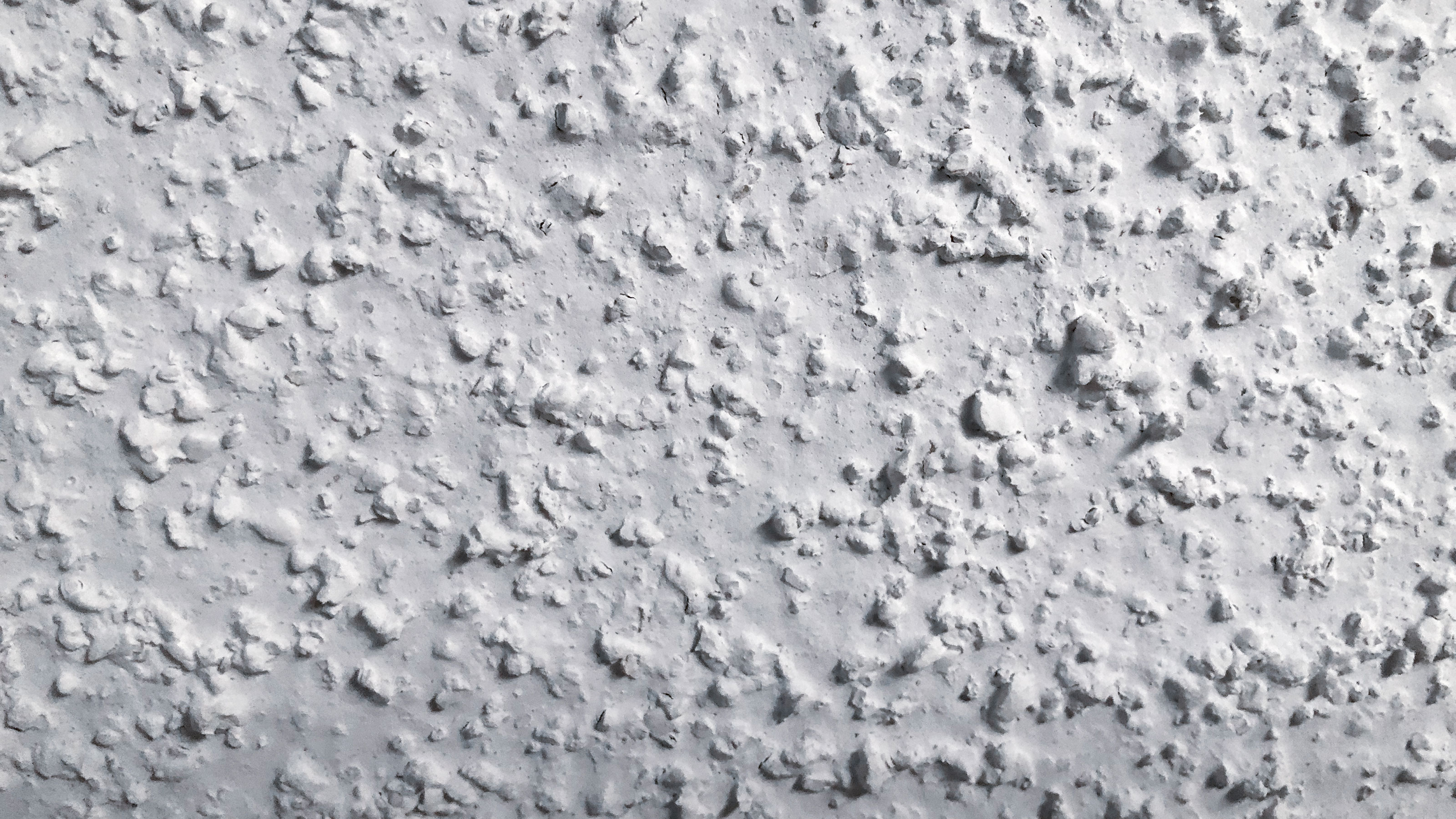

For some reason homeowners no longer understand, popcorn ceilings were popular in the 1960s and 1970s. Yet, we’ve since learned how much dust and cobwebs they hold onto, how difficult they are to paint, and, if necessary, repair. If you live in an older home and you want to remove popcorn ceilings, keep reading for a breakdown of costs, tips, and warnings for this DIY-friendly home improvement project.
One important fact to note is that your popcorn ceilings could contain asbestos, a substance known to cause lung cancer. And according to Scott Langmack, COO of the proptech company Kukun, its presence could impact the cost of removal. 'Asbestos was frequently used before 1980, and it will cost three to four times more to remove it safely with an asbestos removal group,' he says.
But, even a popcorn ceiling that contains asbestos doesn’t necessarily have to come down. 'Unless a pro deems your popcorn ceiling unsafe, you typically don’t have to remove it,' says Bailey Carson, Home Care Expert at Angi. 'If you like your ceilings the way they are, there’s nothing wrong with keeping them intact.'
You can purchase an asbestos test kit and test the coating yourself. If it does contain the substance you can consider, hiring a professional abatement contractor, leaving it intact and painting it, covering it with another material like drywall or employing any of the latest ceiling ideas for that matter.
Average cost to remove popcorn ceiling
'Popcorn ceiling removal typically starts at $900 but can go up to $3,000, depending on the complexity,' says Carson. Several factors impact that cost:
- Height of the ceilings
- Size of the room
- Presence of asbestos
- Whether the ceiling is painted
- Labor costs for your area of the country
'A good rule of thumb,' she says, 'is that popcorn ceiling removal will likely cost between $1 and $2 per square foot.' But with the current state of affairs in the building industry, Langmack says to prepare to spend $2-3.50 per square foot just for the removal and another $2-3.00 per square foot for the finishing work.
DIY vs professional costs to remove popcorn ceiling
Scraping your popcorn ceiling requires very few supplies, and any skill-level DIYer can handle the job. To DIY it, expect to purchase the following:
- Step-ladder–most homeowners have one on-hand
- Scraper–$6-8
- Drywall mud pan–$8-10
- Garden sprayer–$10-25
- Plastic sheeting–$3-10 per roll depending on size and thickness
- Painters tape–$5-7 per roll
For a professional to remove your popcorn ceiling, costs vary by area of the country. Ward Schraeder, restoration expert and co-star of the Magnolia Network series 'Bargain Mansions,' says that Kansas’s average price is still $1-2 per square foot.
Is it cheaper to remove popcorn ceiling or replace drywall?
The cost of covering a popcorn ceiling depends on several factors, including the size of the room and the cost of materials and labor. 'Covering a popcorn ceiling costs around the same amount as any other drywall project,' says Carson, 'or around $160 to $200 for a 12-by-12 foot room.' But that’s only for the materials to cover the ceiling in drywall. The cost of other specialty options varies. In addition, you have the cost of labor, which according to Schraeder, adds another $3-4 per square foot.
Is it cheaper to remove or cover popcorn ceiling?
If you don’t want a popcorn ceiling anymore, you can cover it up. Painting a ceiling is by far the cheapest and quickest way to cover popcorn ceiling but there are a few more options out there if you have a bigger budget:
- Another layer of drywall
- Beadboard
- Faux tin ceiling tiles
- Tongue and groove planks
- A grid track ceiling system
Removing or covering the popcorn ceiling gives your room a fresh new look. And while it may not increase the value of your home, it will make it more appealing to interested buyers. However, if you do plan to sell, Carson recommends pursuing other high-ROI projects such as bath or kitchen remodels over popcorn removal, especially if you need to cover it or pay for asbestos abatement services.
Join our newsletter
Get small space home decor ideas, celeb inspiration, DIY tips and more, straight to your inbox!
Carol J. Alexander writes website copy, blog posts, and feature articles on home remodeling and construction topics from her home in the Shenandoah Valley of Virginia. In addition to Real Homes, notable clients include, This Old House, Family Handyman, and Florida Roofing magazine.
-
 Get free tickets to the London Homebuilding & Renovating Show at the ExCeL
Get free tickets to the London Homebuilding & Renovating Show at the ExCeLGet FREE tickets worth £36* to the London Homebuilding & Renovating Show, ExCeL, 30 September - 2 October 2022.
By Camille Dubuis-Welch
-
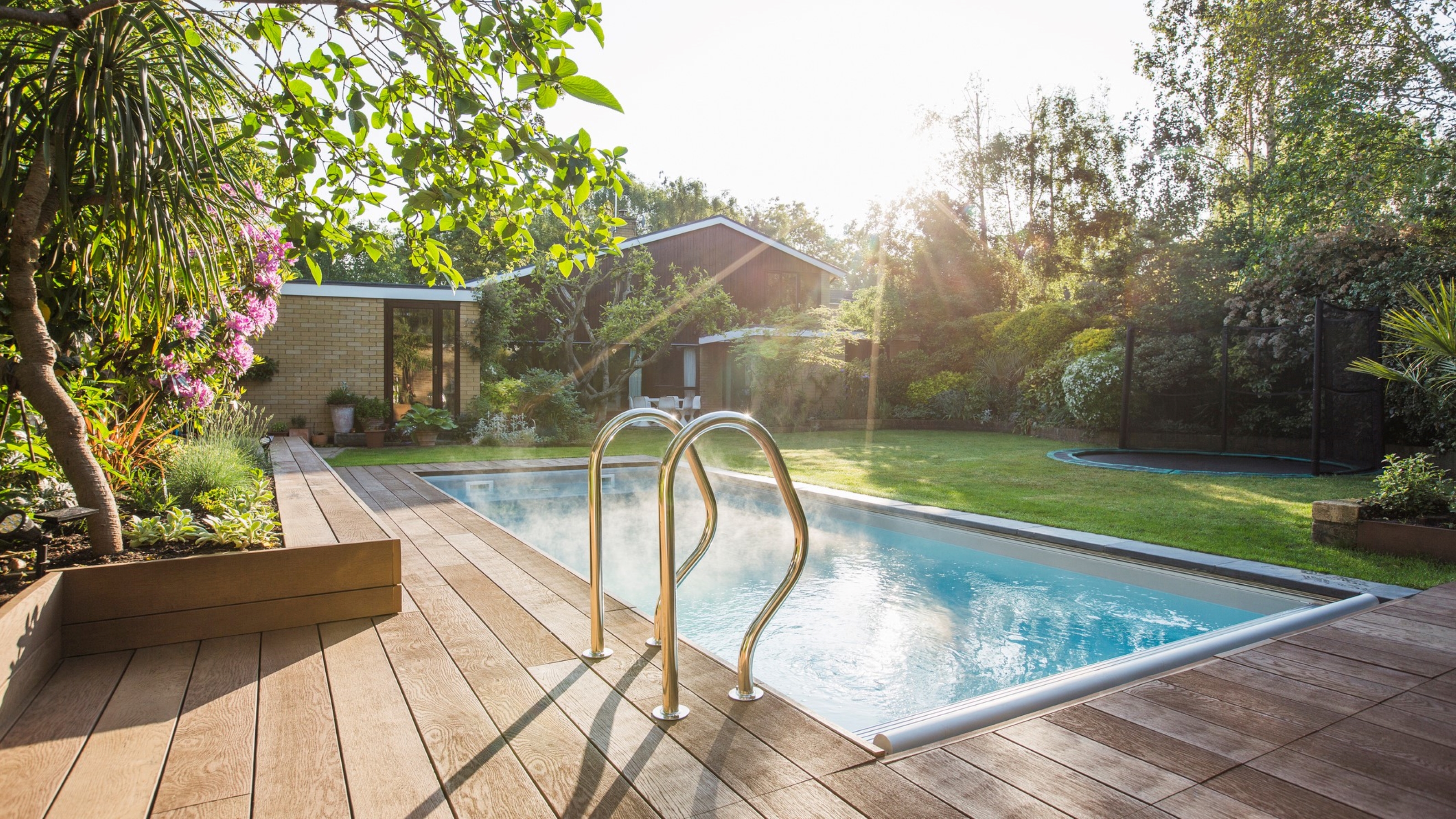 How to fix a green pool fast
How to fix a green pool fastProperly cleaning and shocking your pool will help restore it to its former blue glory, fast. This is what to do to stop a green pool full of algae, spoiling your summer fun
By Anna Cottrell
-
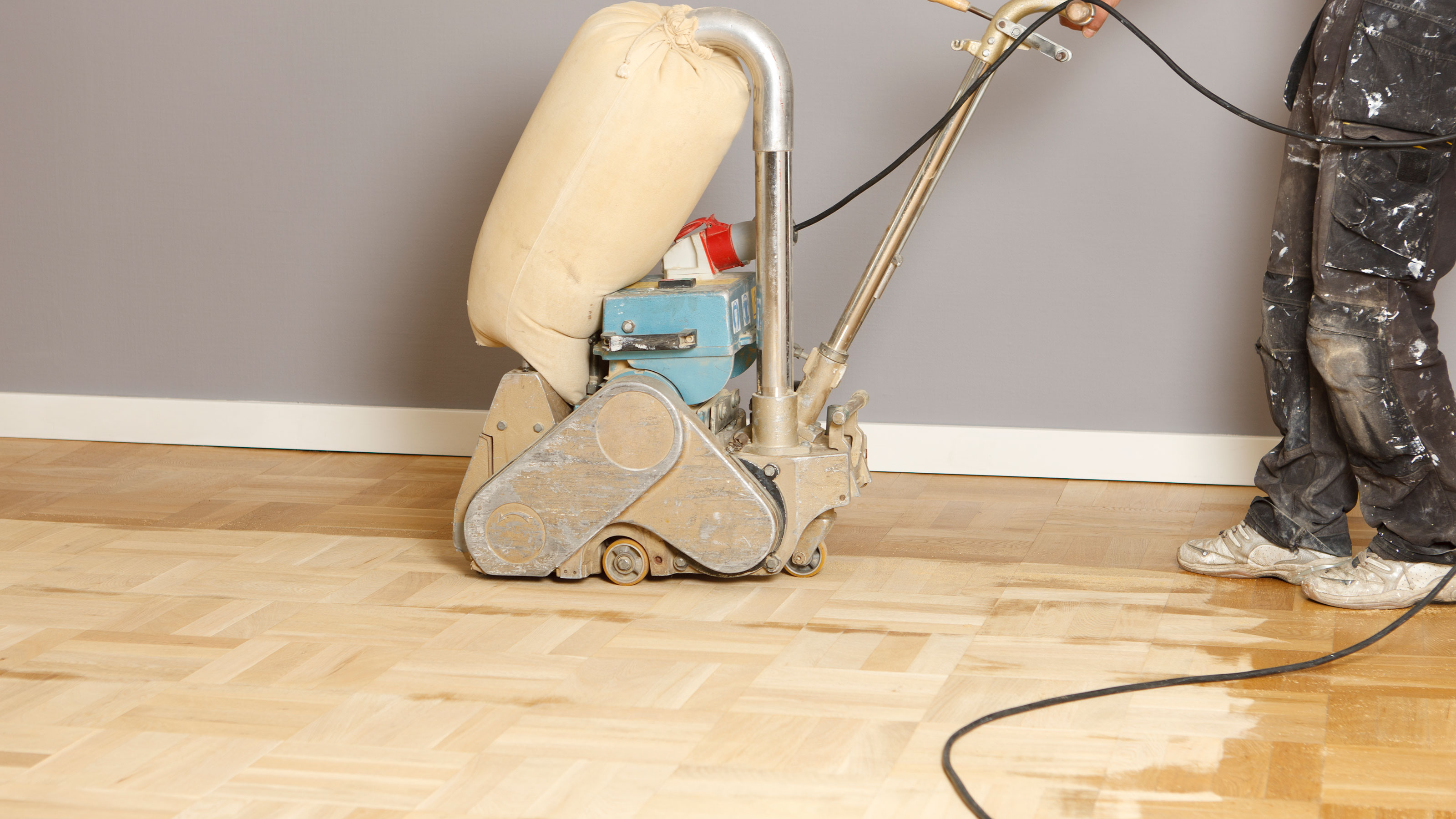 How to sand and refinish hardwood floors: A 10-step guide for pro results
How to sand and refinish hardwood floors: A 10-step guide for pro resultsYou don't need to call in the pros to refinish hardwood floors. It's possible to restore yours with rentable tools, like a sander, and our expert advice
By Sal Vaglica
-
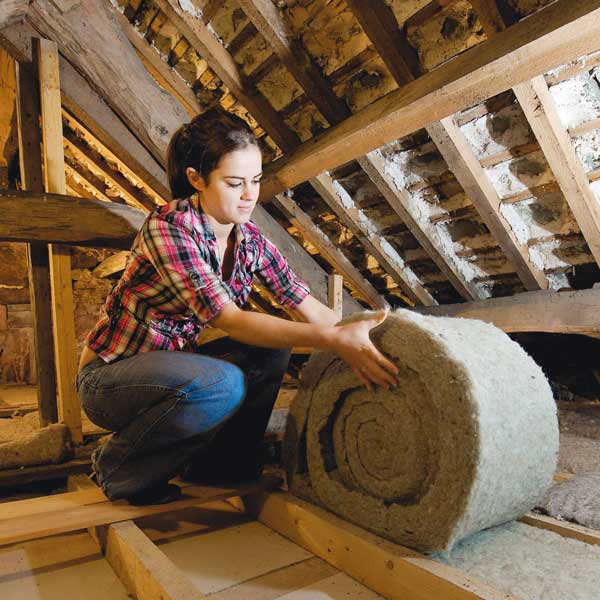 How much does attic insulation cost in 2022?
How much does attic insulation cost in 2022?Want a warmer home and lower energy bills and wondering about attic insulation cost? Get the inside track.
By Sarah Warwick
-
 Home insulation: where, how and why you should insulate a house
Home insulation: where, how and why you should insulate a houseThe right home insulation will make your home warmer in winter, cooler in summer, and reduce energy bills.
By Sarah Warwick
-
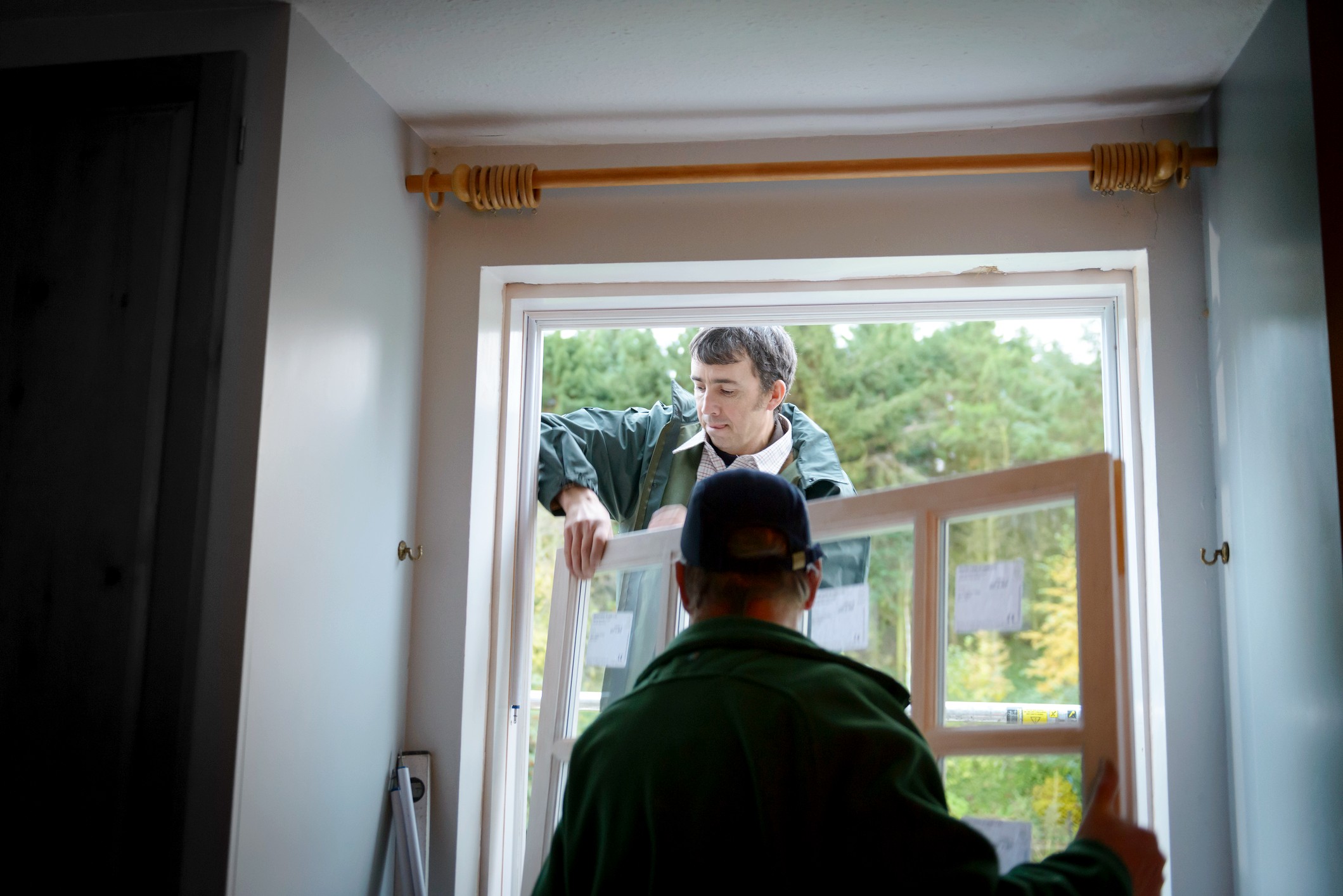 How long do windows last; plus signs it's time to replace yours
How long do windows last; plus signs it's time to replace yoursToday's windows last a long time, but eventually, they'll need replacing. Here's how to know which type of windows last the longest, plus when it's time to replace your windows
By Sal Vaglica
-
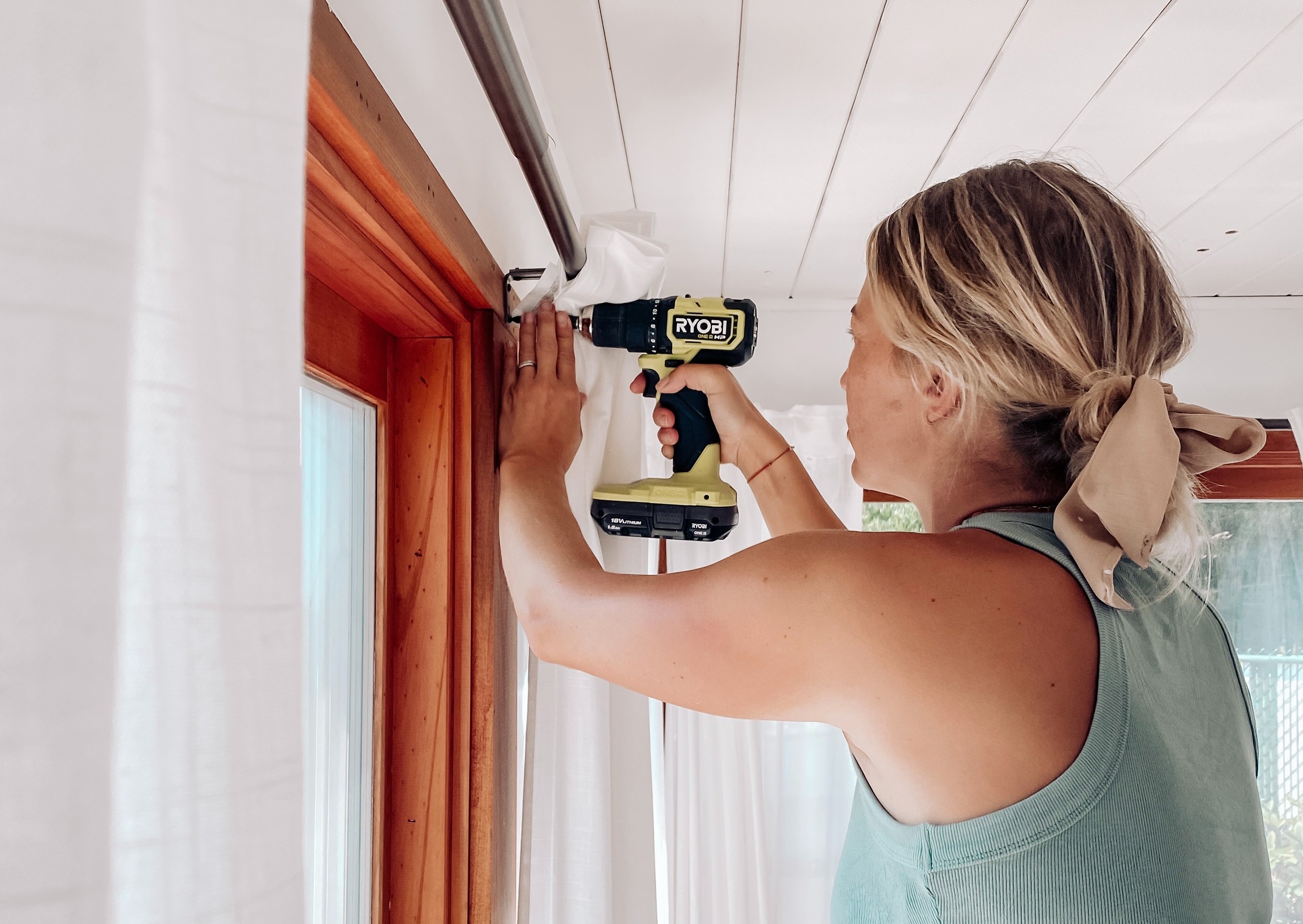 RYOBI ONE+ HP 18V cordless drill and driver review: A toolbox must have for the avid or beginner DIYer
RYOBI ONE+ HP 18V cordless drill and driver review: A toolbox must have for the avid or beginner DIYerThe RYOBI ONE+ HP 18V cordless drill and driver is a convenient, budget-friendly addition to the brand's ONE+ line
By Liz Hartmann
-
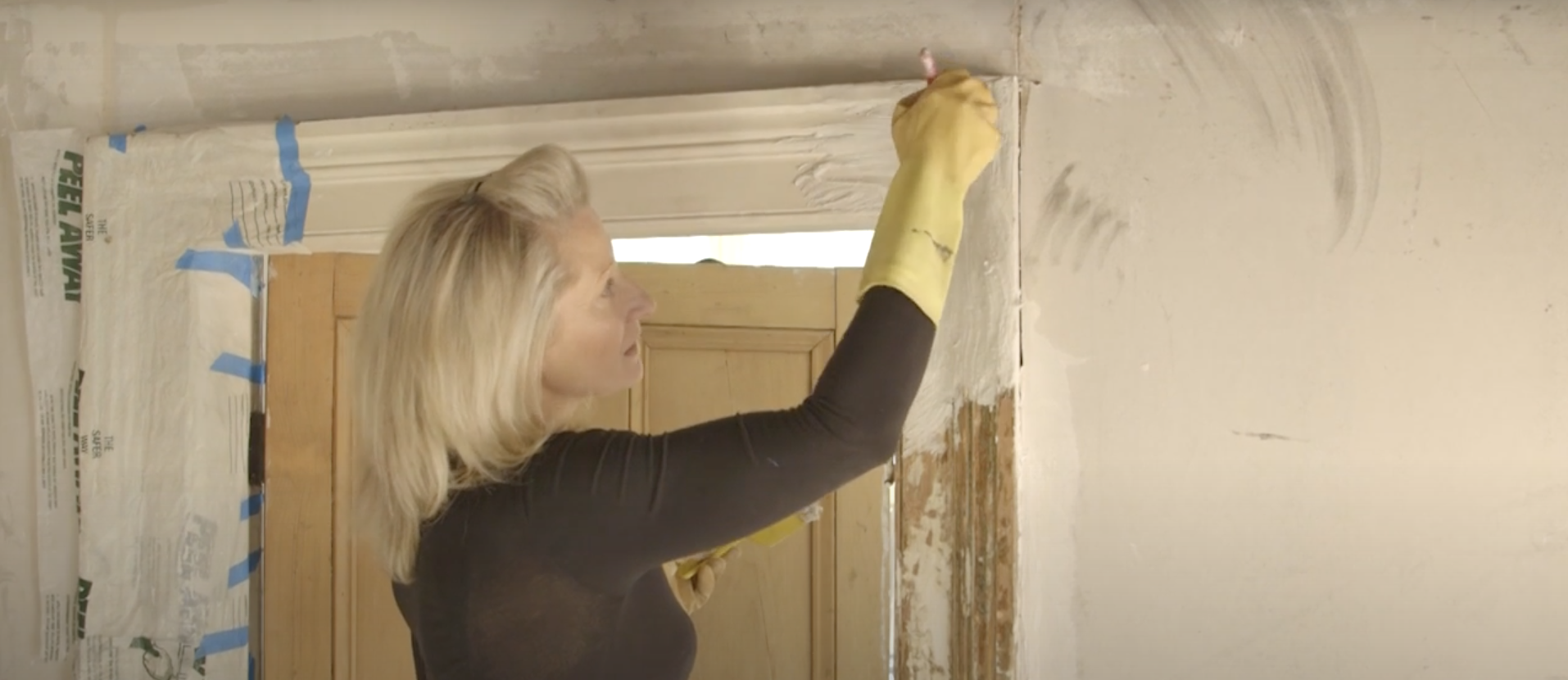 How to remove paint from wood – with or without chemicals, or vinegar
How to remove paint from wood – with or without chemicals, or vinegarYou can remove paint from wood doors, floors, trim and more with or without chemicals and using vinegar to help. Ideal to add a new stain or to revive old woodwork.
By Helaine Clare